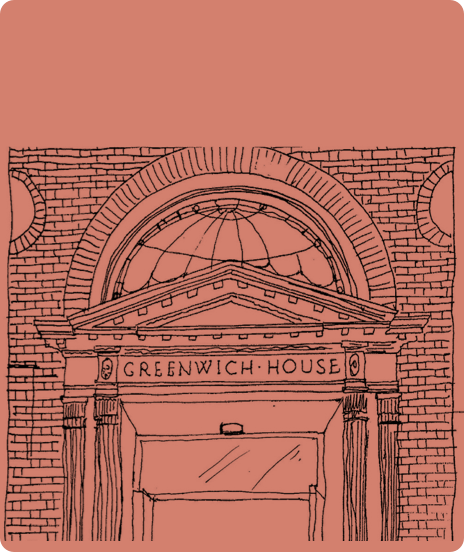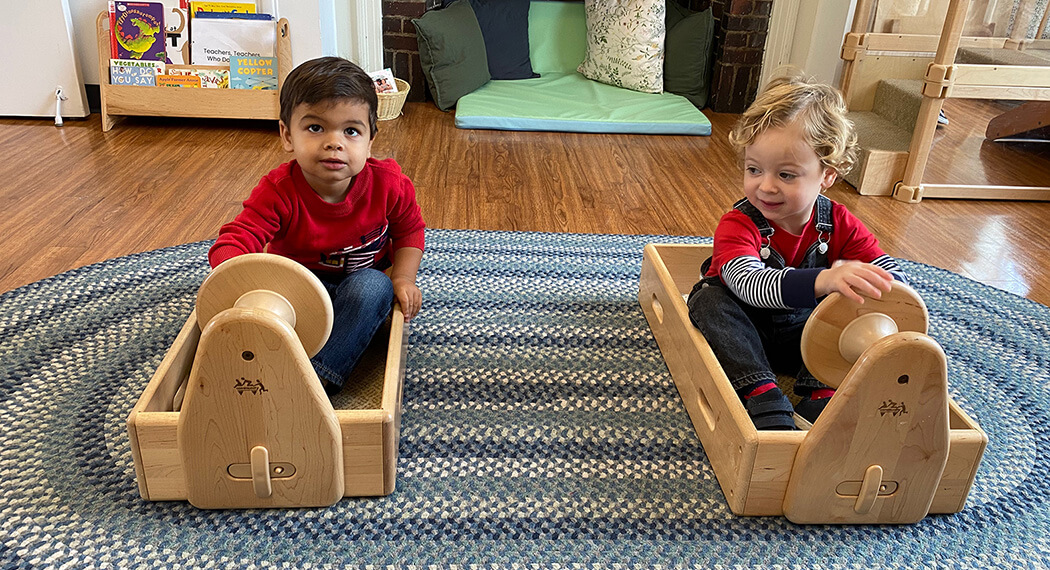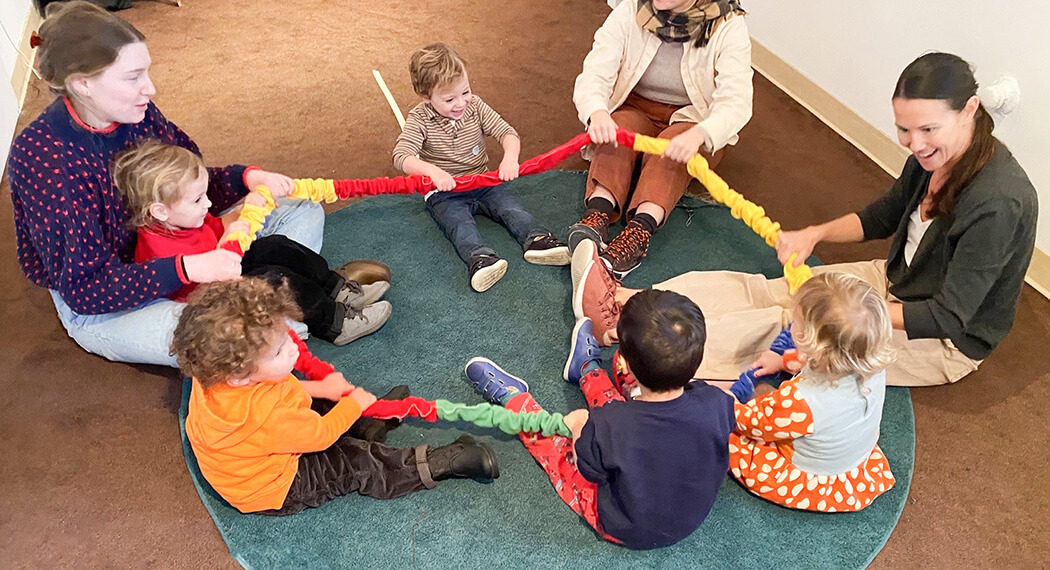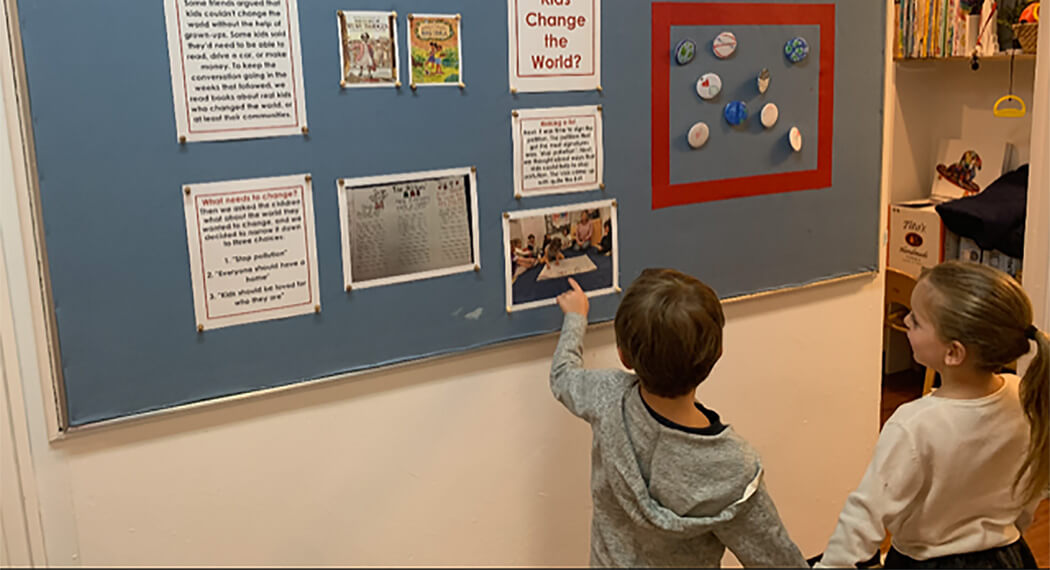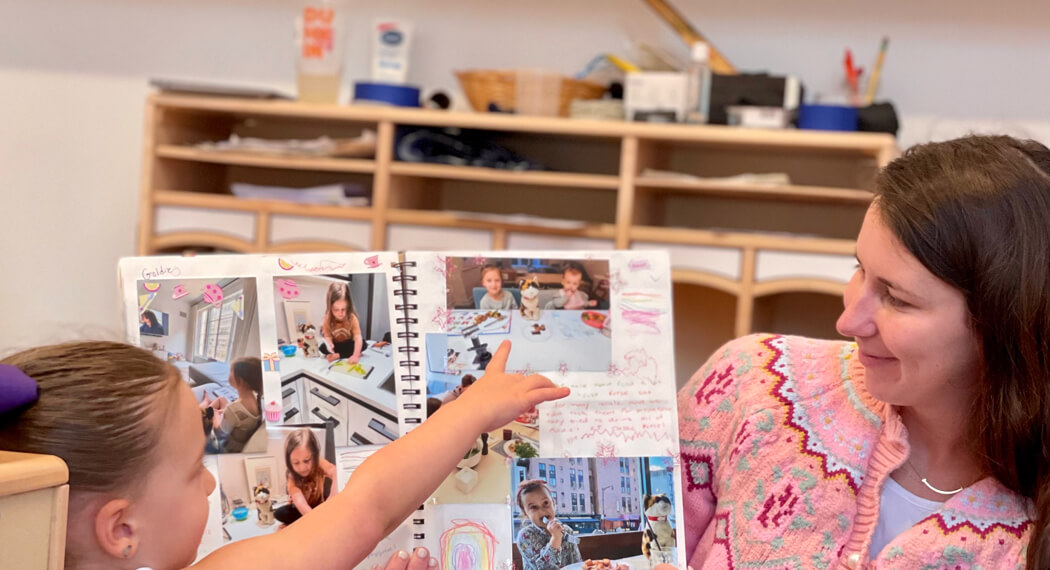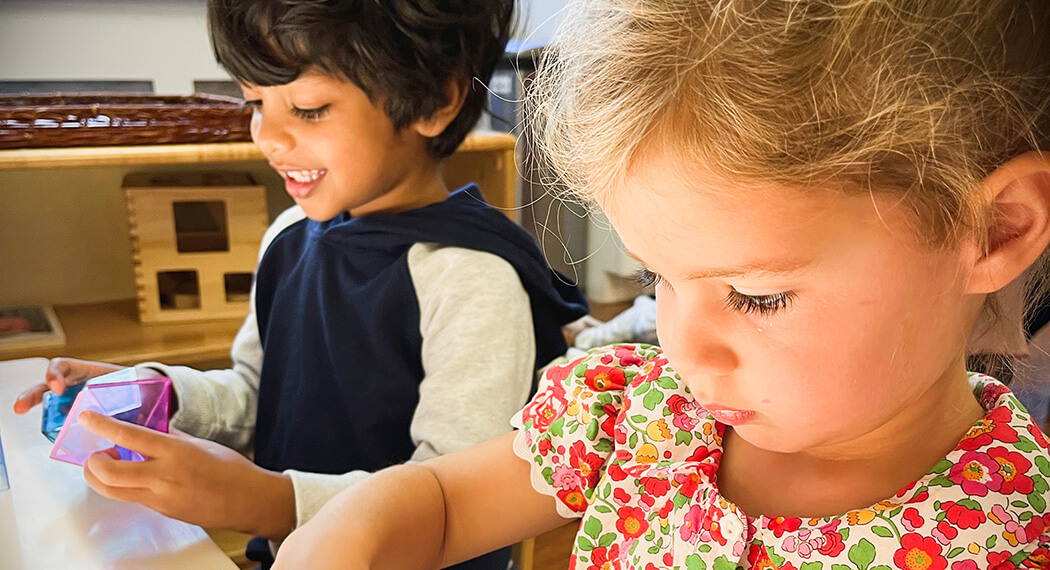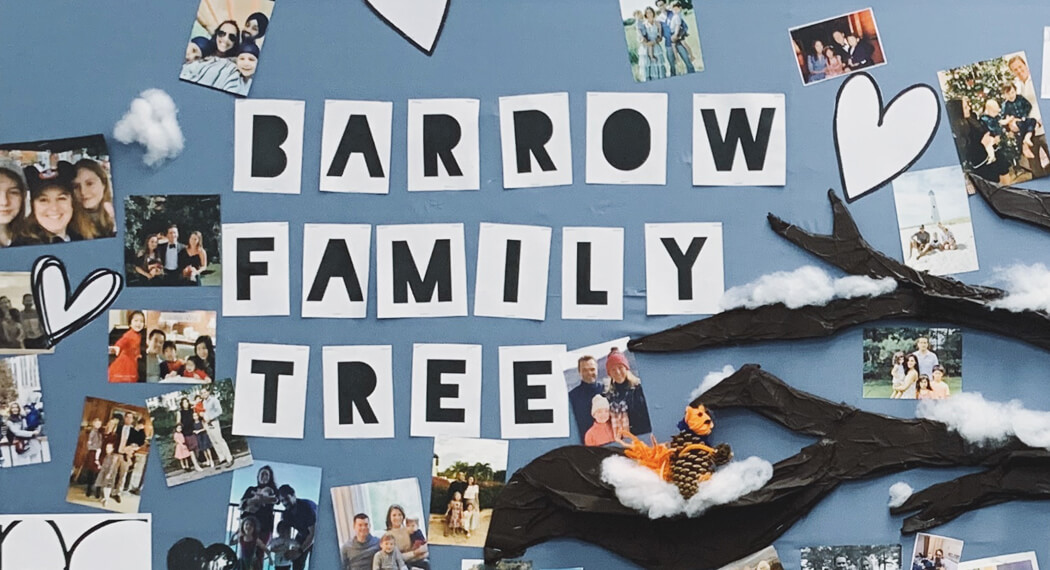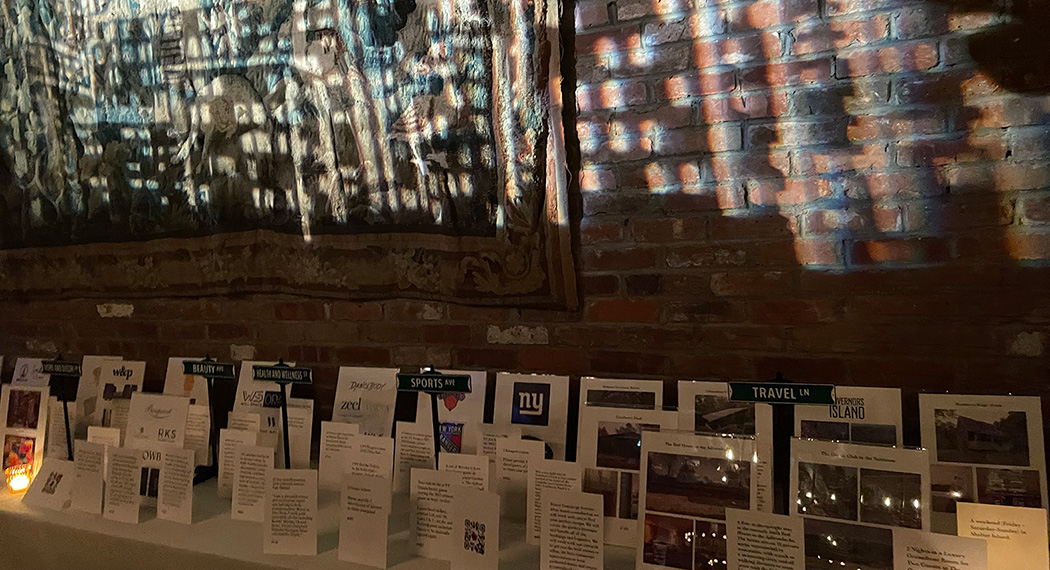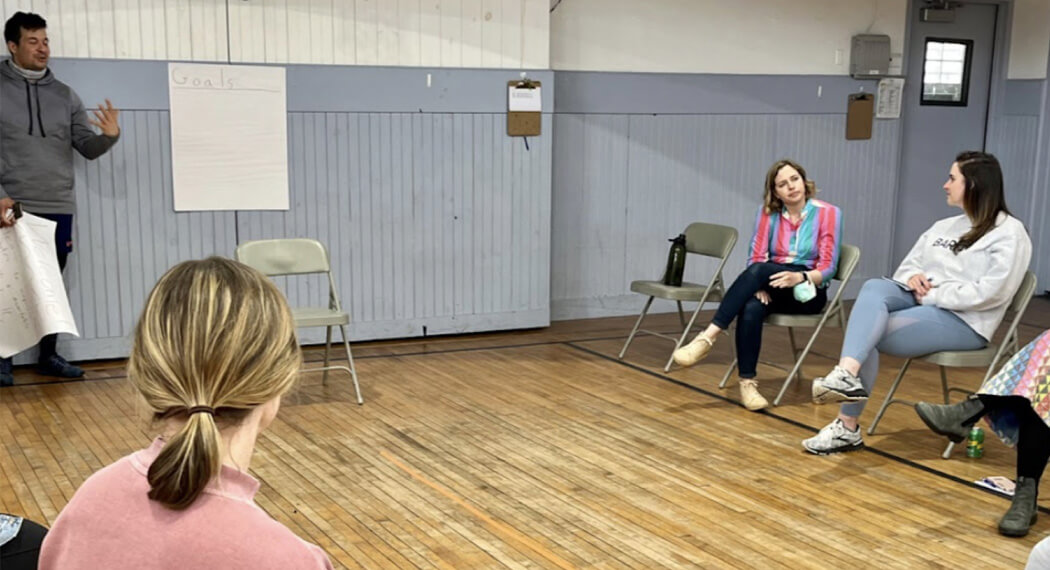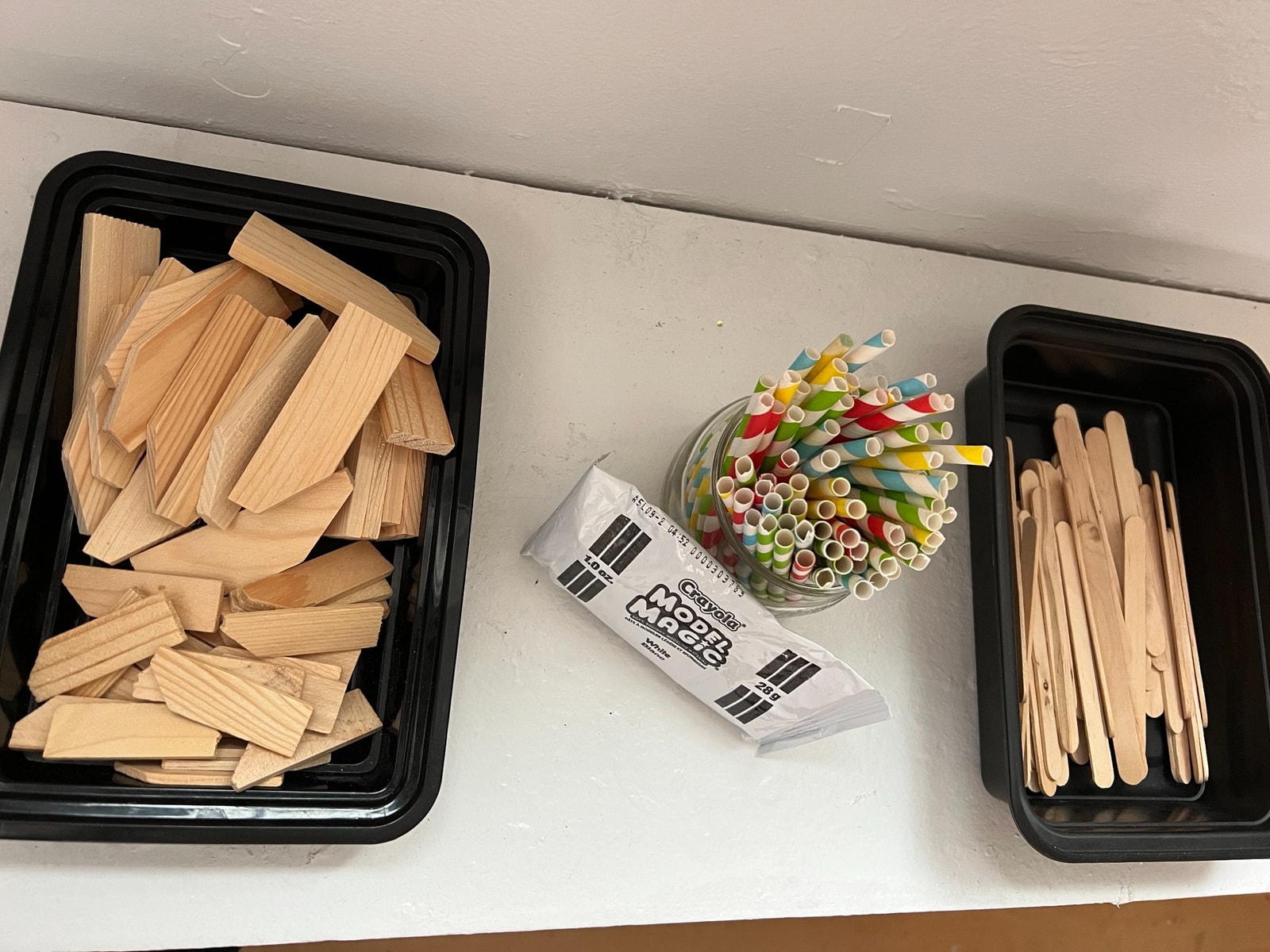The Orange Room was tasked with designing, creating, and testing a ramp using model magic, paper straws, and pieces of wood. The project involved:
Design: Students needed to plan how they would use the provided materials to build the ramp, considering its length, height, and slope.
Creation: Students constructed the physical ramp using their design plans. This required thinking about how to use the materials effectively. For example, some of the friends realized they could use model magic to secure the structure, paper straws to create supports, and wood pieces for the ramp’s surface.
Testing: Once built, students tested the ramp’s effectiveness, rolling a magic model ball down the slope. They could then observe how different angles or surface materials affected the object’s speed and distance.
Evaluation and improvement: After testing, the team could identify weaknesses and brainstorm improvements. This critical reflection is an integral part of the engineering design process.
Questions asked:
What is a ramp?
“A hill!”
“A slide!”
“An incline!”
“The top part is higher than the bottom part… like this” (demonstrates)
Things we learned:
A ramp is a simple machine.
The incline of a ramp is its slope.
An incline is an angle. If you change the angle, you change the slope.
A slope can be steep or shallow.
A ramp needs a sturdy base so it does not collapse or fall over.
Because the ball stuck to the model magic ramp, a non-sticky surface created with straws and wood allowed the ball to roll.
If at first you don’t succeed, try, try again.

